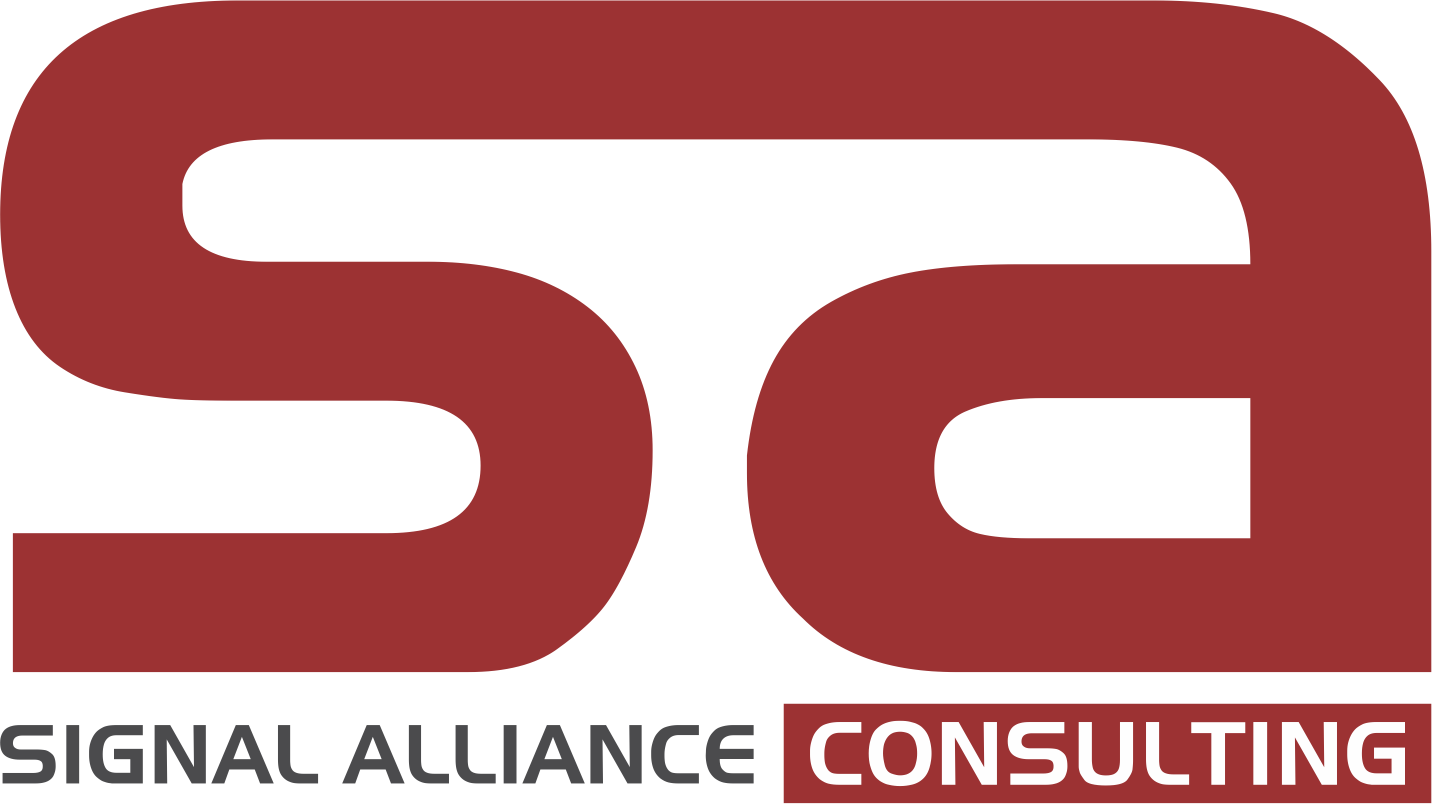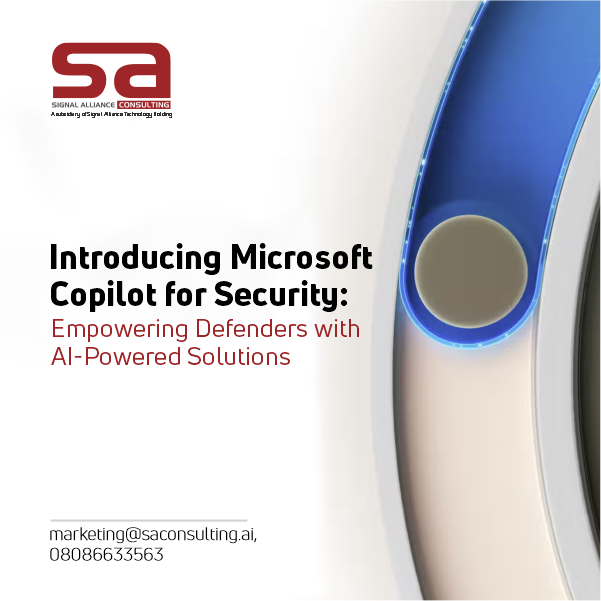Elevating Identity Security with Zero Trust Principles
In response to the changing modern landscape, a new network security model, known as the Zero Trust Architecture or Zero Trust Security model, has emerged to address the explosion of digital diversity. This updated security model has been widely adopted as it provides a blueprint for fortifying the security of system resources and digital assets from the inside out. The Zero Trust model fundamentally redefines the relationship between IT organizations, users, and their data, by implementing a security approach that does not rely on the traditional network perimeter. This updated approach ensures that security is integrated throughout the entire system, rather than being limited to the network perimeter, in order to protect against the evolving threat landscape.
Zero trust also known as Perimiterless security, is a security framework that does not trust any user or application or entity inside and outside a network by default. It is a modern security strategy based on “Don’t trust, always verify”. Instead of assuming everything behind the corporate firewall is safe, the Zero Trust model assumes breach and verifies each request. Zero trust requires authentication, authorization, and continuous validation of every transaction and request based on context and policy.

The idea is relatively simple- by necessity, all network traffic and users cannot be trusted by default. This model requires all users, both internal and external to the organization, to be authenticated, authorized, and continuously validated for security configuration and posture before they are granted access or maintain access to applications and data. Here, the traditional network edge is assumed to be non-existent, as networks can be local, cloud-based, or a combination of both and resources can be located anywhere, while workers can be situated in any location.
This framework leverages identities as a powerful, flexible, and granular mechanism for controlling access to data. It helps to grant, secure, and manage access, working off the principle of least privilege. This principle stipulates that every identity within the network should only have the minimum level of access required to perform their job. Zero Trust is not a solution or technology but rather an approach to security based on the principal of “never trust, always verify”.
The Zero Trust model largely discounts the traditional “castle and moat” approach to cybersecurity, which focused on defending the perimeter, keeping attackers out, while assuming that all entities and resources within the perimeter were cleared for access and, therefore, did not pose a threat to the organization.
A standard Identity Security system incorporates a Zero Trust Architecture (ZTA) to secure the identity system against all potential breach points. Implementing an effective Zero Trust strategy requires a combination of various technologies and approaches, such as:
Multi-factor authentication (MFA) – A key component of a Zero Trust security model, which requires users to verify their identity using more than one authentication factor. This is typically achieved by combining different credentials or factors, such as something the user knows, something the user has, and something the user is. MFA adds extra layers of security and makes it more difficult for hackers to take over an account, even if they can crack a password. Continuous MFA is essential to restricting the scope of trust for users and devices. Additionally, step-up or just-in-time authentication, and managerial approval processes that allow for the authentication of privileged users at the precise point of access, help to reduce the risk of privileged credential-based attacks.
Single Sign-On (SSO) – Enables employees to authenticate in multiple applications by logging in to a centralized console just once using trusted MFA methods. This eliminates the need for employees to remember multiple usernames and passwords and streamlines the authentication process while maintaining a high level of security.
Privileged Access Management (PAM) and network segmentation, for comprehensive defense-in-depth security – PAM is used to set access privileges for new employees based on their business roles and includes a workflow with multiple approval levels to ensure the process is foolproof. Additionally, the access privileges of terminated employees are automatically revoked to eliminate the possibility of human errors.
Implement the principle of least privilege – The principle of least privilege is an essential concept in information security, which involves providing users with the minimum level of access or permissions required to perform their job functions. Only privileged accounts should only possess the rights needed to perform a task. For example, the head of the marketing department should not have the rights to access payroll data or financial records. Least privilege extends beyond human access. The model can be applied to applications, systems or connected devices that require privileges or permissions to perform a required task.
Password-less Authentication – An authentication method that enables users to access applications and IT systems without the need to enter a password or answer security questions. This can be achieved through the use of biometric verification methods such as fingerprint, facial or voice recognition, retina scanning, as well as through the utilization of physical tokens, mobile authentication applications, and USB devices that are FIDO2 compliant. This approach, when combined with MFA and SSO solutions, can enhance user experience, improve security, and reduce the operational costs and complexity associated with IT management.
These biometrics are difficult to replicate or forge, and do not require the user to remember or input any information. However, there are concerns about the privacy implications of collecting and storing biometric data, as well as the potential for abuse if the data falls into the wrong hands or is used for nefarious purposes. It is important for organizations to implement appropriate safeguards and protocols for handling biometric data to mitigate these risks.
Strengthen endpoint security – If a malicious attacker or insider gains access to a privileged credential, such a person will appear to be a trusted user. This makes it difficult to detect high-risk activity. In combination with endpoint detection and response, application patching and operating system patching, organizations can reduce the risk of attacks by managing and securing privileges on endpoint devices.
Continuous monitoring and auditing – Zero Trust necessitates the ongoing surveillance and examination of all user actions. Threat detection and user behavior analytics are employed to proactively look out for and shut down malicious attacks. Attackers are now employing technologies such as AI and machine learning to perform sophisticated attacks, so organizations must adopt similar strategies and technologies to remain ahead of the threat.
Furthermore, Blockchain technology allows for decentralized storage of personal information and gives individuals more control over their own data. It can provide a secure and transparent way to verify and manage identities, as well as enable new applications such as self-sovereign identity systems. However, there are challenges in terms of implementing and adopting blockchain technology from a cybersecurity perspective, including the need to ensure the security and integrity of the blockchain itself and to address regulatory and legal issues.
Conclusion
Organizations must carefully balance security with usability when implementing identity security measures. Too much security can make it difficult for legitimate users to access information, while too little security can leave an organization vulnerable to attack. It is also important to implement appropriate safeguards and protocols to ensure the protection of personal information and to mitigate the risks of cyber threats. Zero trust aims to secure organizations in the cloud and mobile world, as well as remote workers, hybrid cloud environments, and ransomware threats. At Signal Alliance Consulting, we offer Threat detection and response solutions, Identity & access management solutions, Secure access service edge (SASE), Cybersecurity advisory services. Contact us Now.
Image Credit – Zero Trust Model – Microsoft security.






